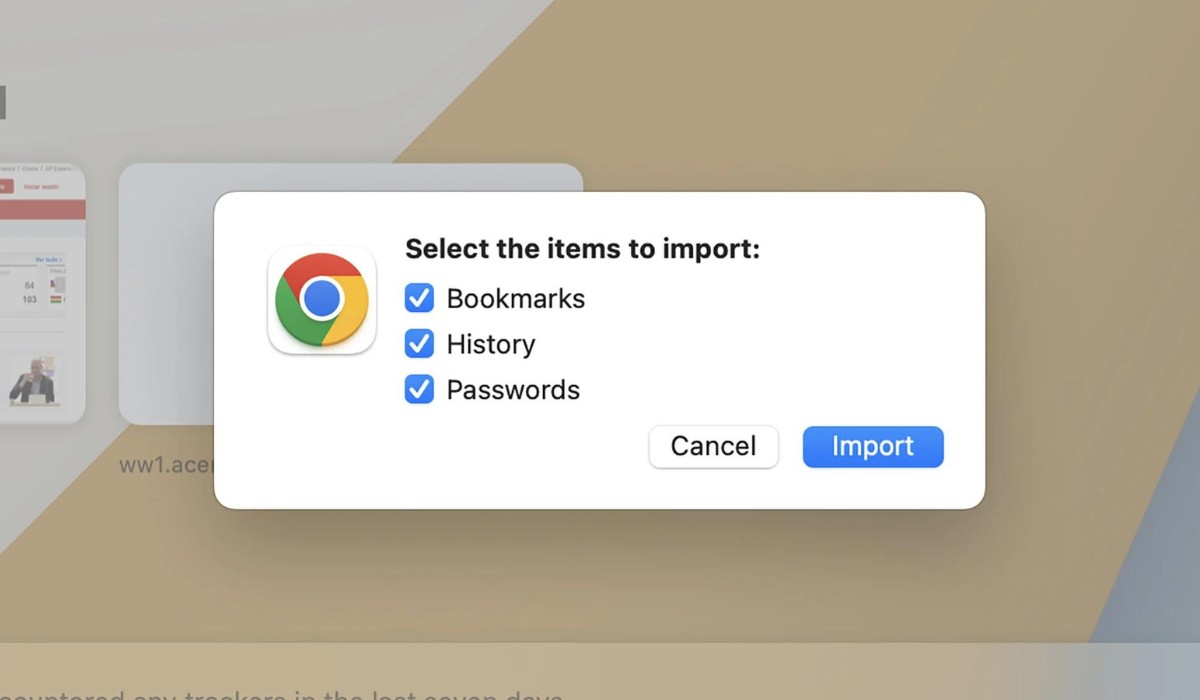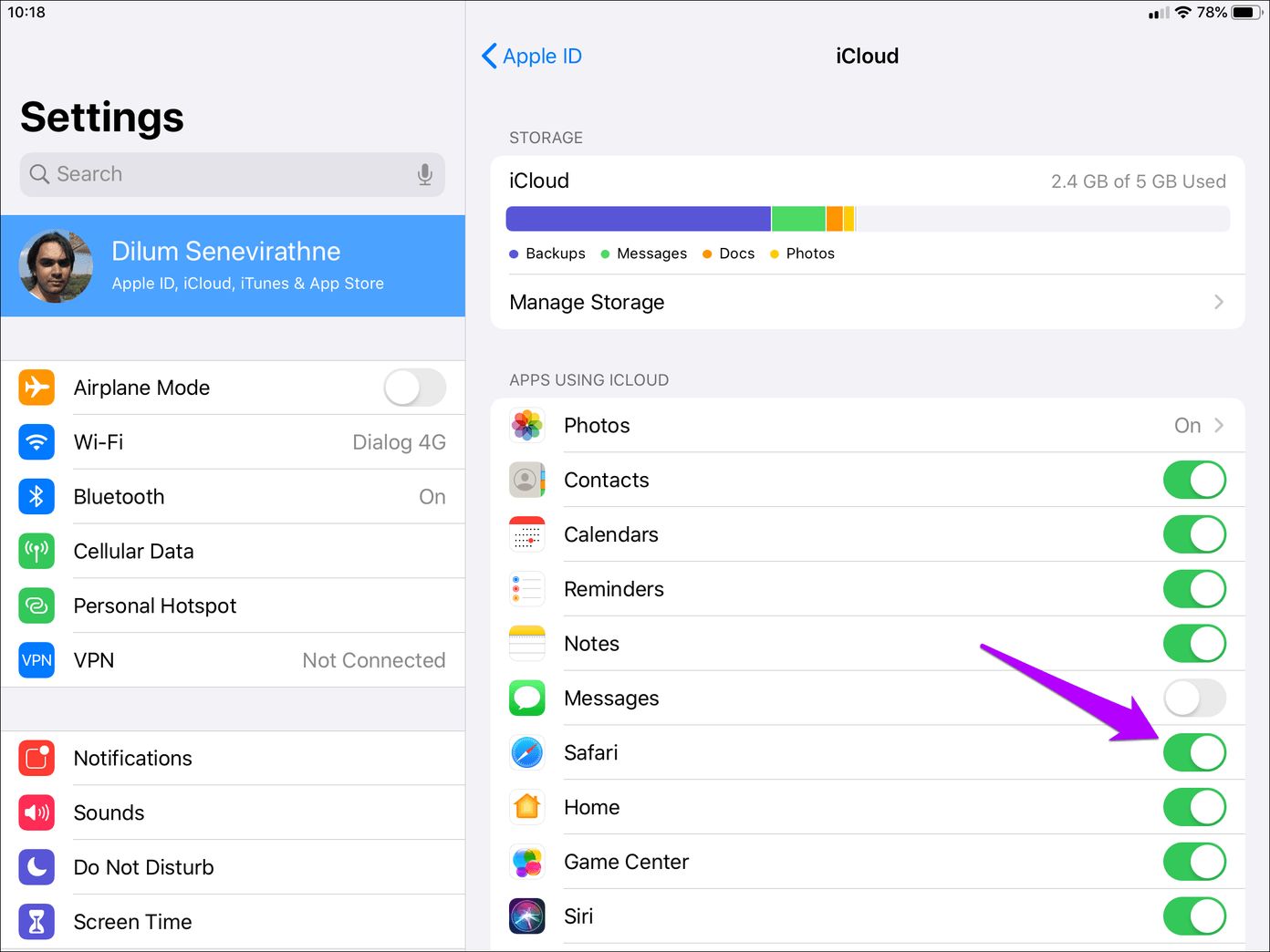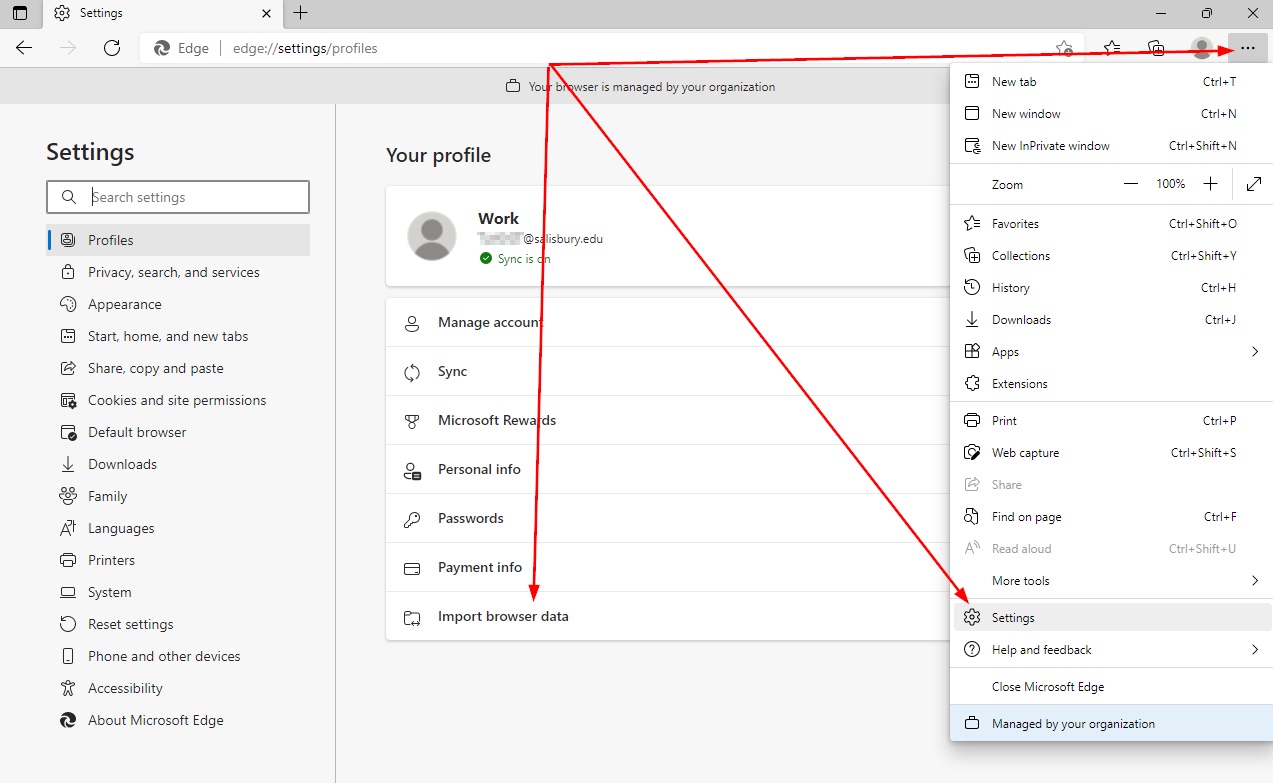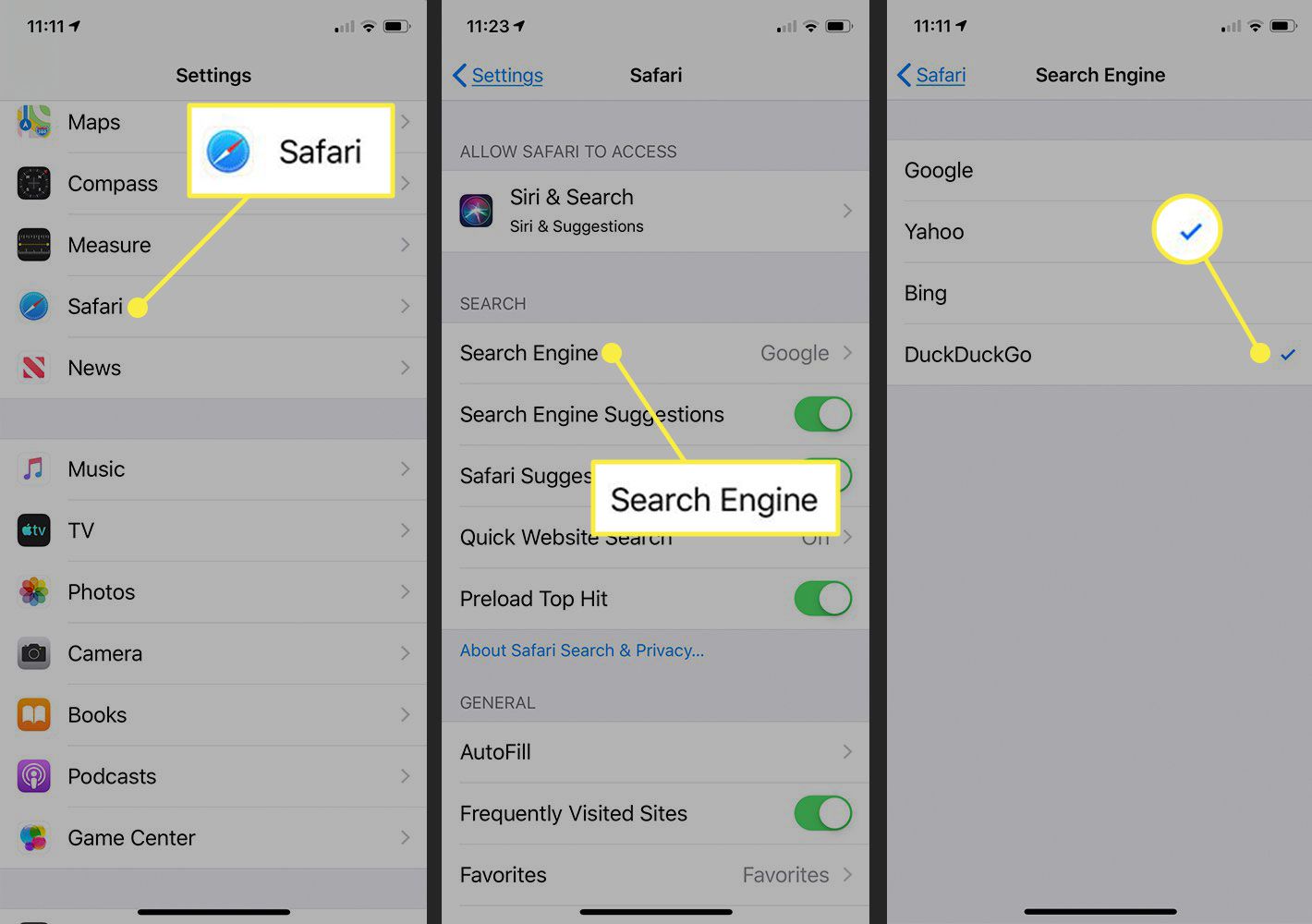Introduction
Are you looking to switch to a new web browser or simply want to keep your bookmarks safe by creating a backup? Whether you're transitioning to a different browser or safeguarding your browsing history, knowing how to import your bookmarks from Google Chrome is a valuable skill. Bookmarks are like digital breadcrumbs, guiding us back to our favorite websites and online resources. They represent our online journey, filled with valuable information, memories, and resources that we don't want to lose.
In this guide, we'll explore the step-by-step process of exporting your bookmarks from Google Chrome and importing them into another browser. By following these instructions, you can seamlessly transfer your bookmarks, ensuring that your web browsing experience remains uninterrupted. Whether you're switching to Firefox, Safari, Opera, or any other browser, this guide will equip you with the knowledge to effortlessly carry over your bookmarks.
So, if you're ready to embark on this digital adventure, let's dive into the process of safeguarding and transferring your cherished bookmarks from Google Chrome to your new browsing destination.
Step 1: Exporting bookmarks from Google Chrome
Exporting your bookmarks from Google Chrome is a straightforward process that ensures you have a backup of your valuable links and saved websites. Here's a step-by-step guide to help you through the process:
-
Open Google Chrome: Launch the Google Chrome web browser on your computer. Ensure that you are using the profile from which you want to export the bookmarks.
-
Access the Bookmark Manager: Click on the three-dot menu icon located in the top-right corner of the browser window. From the dropdown menu, hover over "Bookmarks" and then select "Bookmark Manager." Alternatively, you can press "Ctrl + Shift + O" on your keyboard to directly access the Bookmark Manager.
-
Navigate to the Export Option: Within the Bookmark Manager, locate the three-dot menu icon, often positioned at the top-right corner of the window. Click on this icon to reveal a dropdown menu.
-
Select "Export Bookmarks": From the dropdown menu, choose the "Export Bookmarks" option. This action will prompt a file explorer window to appear, allowing you to choose the destination and file name for your exported bookmarks file.
-
Choose the Save Location and Name: Navigate to the directory where you want to save the bookmarks file. You can select a specific folder or create a new one for easy access. Additionally, input a descriptive file name that will help you identify the content, such as "ChromeBookmarks_backup_date."
-
Save the Bookmarks File: Once you've chosen the destination and provided a name for the file, click "Save" to export your bookmarks from Google Chrome. The browser will generate an HTML file containing all your bookmarks, which can be easily imported into another browser.
By following these steps, you can successfully export your bookmarks from Google Chrome, ensuring that you have a secure backup of your valuable links and online resources. With your bookmarks safely exported, you're now ready to embark on the next phase of the process: importing them into your new browser.
Now that you've safeguarded your browsing history and favorite websites, let's move on to the next step of importing your bookmarks into another web browser.
Step 2: Importing bookmarks to another browser
Now that you've successfully exported your bookmarks from Google Chrome, the next step is to import them into your new web browser. Whether you're transitioning to Firefox, Safari, Opera, or any other browser, the process of importing bookmarks is designed to be seamless, allowing you to carry over your browsing history and favorite websites effortlessly.
Below are the general steps to import your bookmarks into another browser:
-
Open the Target Browser: Launch the web browser into which you want to import your bookmarks. Ensure that you are using the browser's latest version to access the most up-to-date features and functionalities.
-
Access the Bookmark Management Options: Each browser has its own method of accessing the bookmark management options. Look for the "Import Bookmarks" or similar option within the browser's settings or bookmark management interface. For example, in Firefox, you can access the bookmark management options by clicking on the "Library" icon and selecting "Bookmarks".
-
Locate the Import Option: Once you've accessed the bookmark management interface, look for the "Import Bookmarks" or similar option. This action will prompt a file explorer window to appear, allowing you to navigate to the location of the bookmarks file you exported from Google Chrome.
-
Select the Bookmarks File: Navigate to the directory where you saved the bookmarks file exported from Google Chrome. Select the file and click "Open" or the equivalent action within the browser's interface. This will initiate the import process, transferring your bookmarks from the file into the browser.
-
Verify the Imported Bookmarks: After the import process is complete, take a moment to verify that your bookmarks have been successfully imported into the new browser. Open the bookmark manager or toolbar to ensure that your favorite websites and saved links are now accessible within the new browser.
By following these steps, you can seamlessly import your bookmarks from Google Chrome into another web browser, ensuring that your browsing history and valuable links remain intact. Whether you're exploring a new browser or simply creating a backup, the ability to import and export bookmarks empowers you to maintain a consistent and personalized browsing experience across different platforms.
With your bookmarks successfully imported into the new browser, you can now enjoy a seamless transition, accessing your favorite websites and online resources with ease. Whether you're a casual internet user or a dedicated researcher, having your bookmarks readily available in your preferred browser enhances your browsing efficiency and overall online experience.
Conclusion
In conclusion, mastering the art of importing and exporting bookmarks from Google Chrome empowers you to maintain a seamless and personalized browsing experience across different web browsers. By following the step-by-step process outlined in this guide, you've acquired the essential skills to safeguard your browsing history and effortlessly transfer your cherished bookmarks to a new browsing destination.
The ability to export bookmarks from Google Chrome ensures that your valuable links and saved websites are securely backed up, protecting them from unexpected data loss or browser-related issues. This proactive approach to bookmark management provides peace of mind, knowing that your digital breadcrumbs, representing your online journey and valuable resources, are safely preserved.
Furthermore, the process of importing bookmarks into another web browser allows you to seamlessly transition to a new browsing environment without sacrificing your personalized collection of favorite websites and online resources. Whether you're exploring the innovative features of Firefox, the sleek interface of Safari, or the versatility of Opera, the knowledge of importing bookmarks empowers you to maintain a consistent browsing experience tailored to your preferences.
As you navigate the vast landscape of the internet, your bookmarks serve as a curated library of valuable information, memories, and resources. Whether it's a favorite recipe website, an insightful blog, a research repository, or an entertaining webcomic, your bookmarks reflect your digital footprint and the diverse facets of your online interests.
By understanding the process of importing and exporting bookmarks, you've taken a proactive step towards preserving your digital identity and enhancing your browsing efficiency. This knowledge not only safeguards your browsing history but also ensures that your favorite websites and online resources remain accessible, regardless of the web browser you choose to use.
In essence, the ability to import and export bookmarks from Google Chrome transcends mere technical proficiency; it embodies the preservation of your digital journey and the seamless continuity of your personalized browsing experience. So, as you embark on your digital adventures, armed with the knowledge gained from this guide, may your bookmarks continue to guide you back to the cherished corners of the internet, enriching your online experience with familiarity and convenience.

























